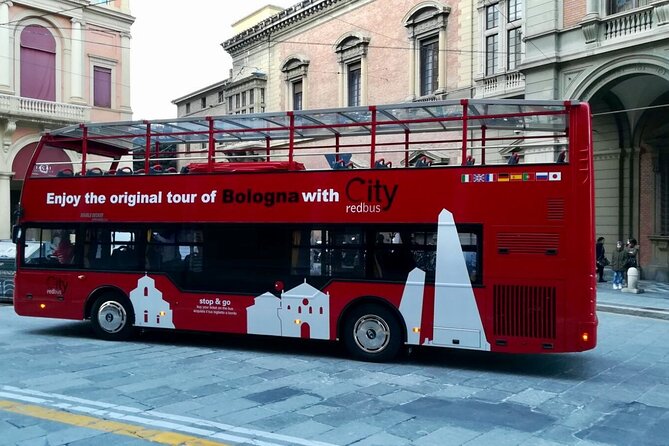1. Bologna Piazza Maggiore is the main square in the city of Bologna, Italy. It is one of the largest squares in Europe and is known for its historical and cultural significance. The square dates back to the 13th century and is surrounded by some of Bologna’s most important landmarks.
One of the notable buildings in Piazza Maggiore is the Palazzo Communale (Municipal Building), also known as Palazzo d’Accursio. This medieval palace houses the city’s administrative offices and also features the Museo Morandi, which displays works by the Italian painter Giorgio Morandi.
Another iconic building in the square is the Basilica di San Petronio. Construction of this magnificent church began in 1390 and its facade remains incomplete to this day. The basilica is famous for its grand interior and is particularly known for its astronomical clock.
Piazza Maggiore is also home to the Neptune Fountain (Fontana del Nettuno), a popular meeting point for locals and tourists alike. The fountain, created by the sculptor Giambologna in the 16th century, portrays the Roman god Neptune surrounded by various mythological creatures.
2. The square is open to the public and does not have specific working hours. Visitors can access the square at any time.
Phone: There is no specific phone number for Piazza Maggiore, as it is a public square.
3. Piazza Maggiore is easily accessible by public transportation. Bologna has a well-developed bus and train network, and several bus and train stops are located near the square. Visitors can also choose to walk to the square if they are staying in the city center.
Ticket Information: There is no entry fee to visit Piazza Maggiore, as it is a public space. However, there may be fees associated with visiting certain attractions within the square, such as museums or churches. Visitors should check the individual websites or contact the specific attractions for ticket information.










